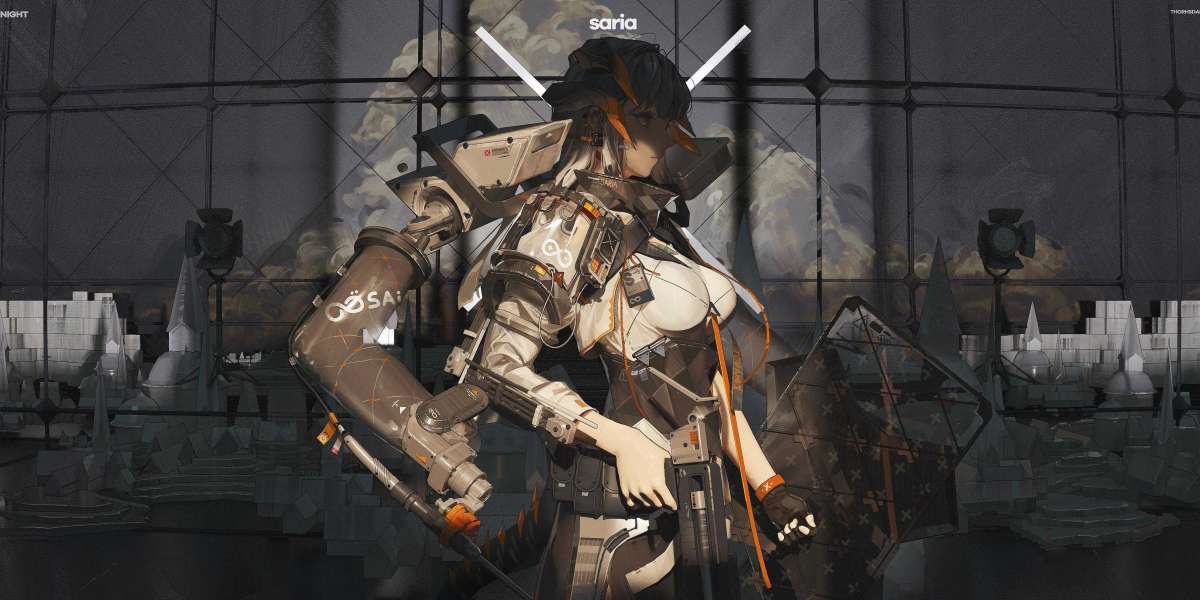In the rapidly evolving field of industrial 3D printing, achieving high 3d-print-quality is paramount. This article delves into the various factors that influence the quality of 3D prints, providing a comprehensive understanding for professionals and enthusiasts alike.
Material Selection and Its Impact on 3D Print Quality
The choice of material plays a crucial role in determining the 3d-print-quality. Different materials have unique properties that affect the final output. For instance, thermoplastics like ABS and PLA are popular due to their ease of use and versatility. However, each material has its own set of advantages and limitations.
“The quality of the final print is often a reflection of the material used. Selecting the right material is the first step towards achieving optimal 3d-print-quality.”
Consider the mechanical properties, thermal resistance, and surface finish when selecting a material. These factors will significantly influence the durability and appearance of the printed object.
Printer Calibration and Maintenance
Proper calibration and regular maintenance of the 3D printer are essential for maintaining high 3d-print-quality. Calibration involves adjusting the printer settings to ensure accurate dimensions and smooth surfaces.
- Bed leveling: Ensures the print bed is perfectly horizontal.
- Nozzle alignment: Guarantees the nozzle is correctly positioned.
- Extruder calibration: Controls the amount of material extruded.
Regular maintenance, such as cleaning the nozzle and replacing worn-out parts, can prevent common printing issues like clogging and uneven extrusion.
Environmental Factors Affecting 3D Print Quality
Environmental conditions can also impact the 3d-print-quality. Factors such as temperature, humidity, and ventilation play a significant role in the printing process.
For example, high humidity can cause the filament to absorb moisture, leading to poor print quality. Similarly, maintaining a stable temperature is crucial for consistent layer adhesion and preventing warping.
Ensure your printing environment is well-ventilated and free from dust to achieve the best results.
Software and Slicing Settings
The software used for slicing the 3D model and the settings applied can greatly influence the 3d-print-quality. Slicing software converts the 3D model into instructions that the printer can understand.
Key slicing settings include:
- Layer height: Determines the resolution of the print.
- Print speed: Affects the time taken and the quality of the print.
- Infill density: Influences the strength and weight of the printed object.
Optimizing these settings based on the specific requirements of your print can lead to significant improvements in quality.
Conclusion
Achieving high 3d-print-quality in Robert Hopfensperger's industrial sector involves a combination of factors, including material selection, printer calibration, environmental conditions, and slicing settings. By understanding and optimizing these elements, professionals can produce high-quality 3D prints that meet their specific needs.
For more detailed information on 3D printing and to explore our range of products, visit our product page.
References




